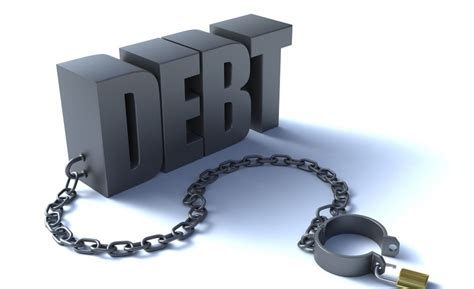In the journey towards financial empowerment, few obstacles are as formidable as high-interest debt, and few goals as rewarding as a robust savings account. For men aiming to take command of their finances, understanding and executing a precise strategy is key. This isn’t just about paying bills; it’s about building a foundation of financial strength and resilience that supports your long-term goals and aspirations.
The High-Interest Debt Trap: Understanding the Enemy
High-interest debt – credit cards, personal loans, payday loans – acts like a financial anchor, dragging down your progress and making it harder to build wealth. The exorbitant interest rates mean a significant portion of your payments goes straight to the lender’s profit, not towards reducing your principal. Recognizing this enemy is the first step to conquering it.
Many men find themselves caught in this trap due to various life events: unexpected emergencies, career transitions, or simply not having a clear financial roadmap. The good news is, with a focused approach, this trap can be dismantled.

Strategic Offense: Avalanche vs. Snowball Method
When it comes to debt repayment, two primary strategies stand out: the Debt Avalanche and the Debt Snowball. Both are highly effective, but cater to different psychological and mathematical preferences.
The Debt Avalanche Method
This strategy prioritizes paying off debts with the highest interest rates first. Mathematically, it’s the most efficient way to save money on interest charges. You make minimum payments on all debts except for the one with the highest interest rate, on which you throw every extra dollar you can find. Once that debt is paid off, you take the amount you were paying on it and add it to the minimum payment of the next highest interest rate debt. This creates a snowball effect (of sorts), rapidly reducing your overall interest burden.
The Debt Snowball Method
Championed by financial guru Dave Ramsey, the Debt Snowball focuses on psychological wins. With this method, you list your debts from smallest balance to largest, regardless of interest rate. You make minimum payments on all debts except for the smallest, which you attack aggressively. Once the smallest debt is paid off, you take that freed-up payment amount and add it to the next smallest debt. The rapid succession of paying off smaller debts provides motivation and builds momentum, making it easier to stick with the plan.

Practical Playbook: Tackling Debt Head-On
No matter which method you choose, a few fundamental steps are crucial for success.
Step 1: Create a Bulletproof Budget
You can’t manage what you don’t measure. A detailed budget allows you to see exactly where your money is going. Identify essential expenses versus discretionary spending. This insight is gold, revealing areas where you can cut back to free up more cash for debt repayment.
Step 2: Ruthlessly Cut Expenses
Once your budget is in place, be aggressive. Can you cut back on dining out, subscriptions, or entertainment? Consider temporary sacrifices like pausing non-essential purchases or finding cheaper alternatives for services. Every dollar saved is a dollar that can go towards crushing debt.
Step 3: Boost Your Income
While cutting expenses is vital, increasing your income accelerates the process. Look for opportunities to earn more: a side hustle, overtime at work, selling unused items, or negotiating a raise. The more income you generate, the faster you can pay down high-interest balances.

Shifting Gears: Powering Up Your Savings
Once high-interest debt is under control, the focus shifts dramatically to building wealth. This is where your financial strength truly begins to grow.
Build an Emergency Fund
Before significant investing, establish an emergency fund. Aim for 3-6 months’ worth of living expenses in an easily accessible, high-yield savings account. This fund acts as a financial safety net, preventing future debt accumulation when unexpected events occur.
Automate Your Savings
Make saving effortless by setting up automatic transfers from your checking to your savings and investment accounts on payday. The principle of ‘paying yourself first’ ensures your savings grow consistently without you having to think about it every month.
Invest for Growth
With an emergency fund in place, start investing. Prioritize tax-advantaged accounts like a 401(k) (especially if there’s an employer match – that’s free money!), an IRA, or a Roth IRA. Diversify your investments across different asset classes to mitigate risk and maximize long-term growth through compounding.

Long-Term Victory: Maintaining Financial Momentum
Crushing debt and boosting savings isn’t a one-time event; it’s an ongoing commitment to financial health. Regularly review your budget, adjust your investment strategy as your life circumstances change, and stay educated on personal finance topics.
Consistency is your most powerful tool. The small, disciplined actions you take each day, week, and month will compound into substantial financial freedom over time. Celebrate your milestones, but always keep your eyes on the horizon.

Conclusion: Your Path to Financial Freedom
Taking control of high-interest debt and proactively building your savings is one of the most empowering journeys a man can undertake. By choosing a debt repayment strategy, implementing a rigorous budget, actively seeking to increase income, and then systematically building your savings and investments, you’re not just managing money – you’re building a legacy of financial security for yourself and your family. Start today, stay disciplined, and watch your financial future transform.




